Swedish Tea Ring [and practicing remembrance]
Of the six kids in my family, three of us live in the Chicago area and three live in New Jersey where we grew up. Every year, a few weeks before Christmas, the girls who live nearby in the Chicago suburbs get together to bake. We make couple batches of family-favorite cookies—like chocolate mint cookies and krumkake, a Norwegian waffle-like cookie. Most importantly, though, we make my mom’s Swedish tea ring. Truth be told, it’s actually Betty Crocker’s recipe, but it’s the version we ate on Christmas morning every year as kids.
Swedish tea ring (at least the one we grew up with) is a pastry filled with cinnamon, brown sugar, and raisins and topped with a simple glaze. As kids, we always ate it with cheesy eggs—the two recipes yielding the perfect sweet and savory combination.
Now, the meal reminds me of my mom. It reminds me of our family. And it reminds me of so many Christmases over the years—like the one when we didn’t have money for gifts so we regifted our own things to each other (which still remains the best Christmas ever). Or when we attempted to buy the “tallest of allest” Christmas tree. It turned out to be way too big for our family room, and we chopped off the top to make it fit. Or the first Christmas my husband and I had as a married couple—the same one spent unexpectedly in the hospital with my mom as doctors performed surgery for pancreatic cancer, cancer which took her life just over two years later.
After my mom died, it seemed all the more important to me that we make Swedish tea ring. When life changes, sometimes traditions change with it. This needed to remain. I wanted to practice folding the dough perfectly and shaping it like she did. I wanted to savor those Christmas morning moments with my own kids the way I did years ago.
I have a few more Christmases to go before reaching her level of baking expertise. One year, I forgot that the dough recipe yields two tea rings. My husband and I went to church with his family on Christmas Eve, and I mixed the flour, sugar, and yeast before we left so the dough could rise while we were gone. When we came home, I noticed much to my horror it had risen so big and wide that it seeped over the sides of the pan, looking like Swedish tea blob. (Thankfully it still tasted good.)
But for as long as I can manage, Swedish tea ring will grace our table on Christmas morning. The tradition of making it with the women in my family is one I pray will continue. The pastry and the hands who make it serve as a tangible reminder of my mom, our family’s story, and all that God has done in our lives. It reminds me who we are and what we love. It reminds me that in both good times and hard times, God remains faithful. He was good when we ate this as a family decades ago, and he was good the first Christmas I ate it after my mom died. And he’s good now.
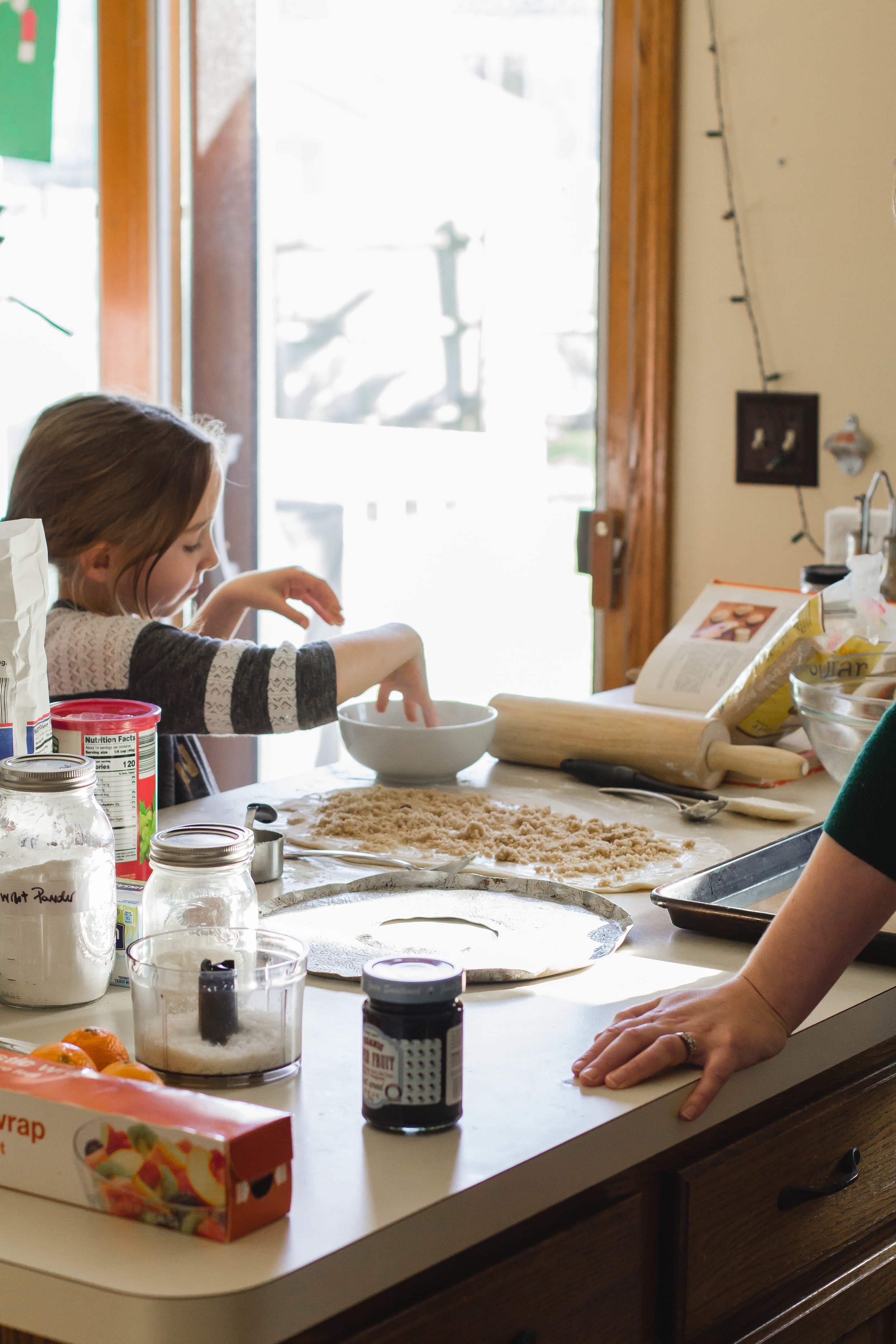
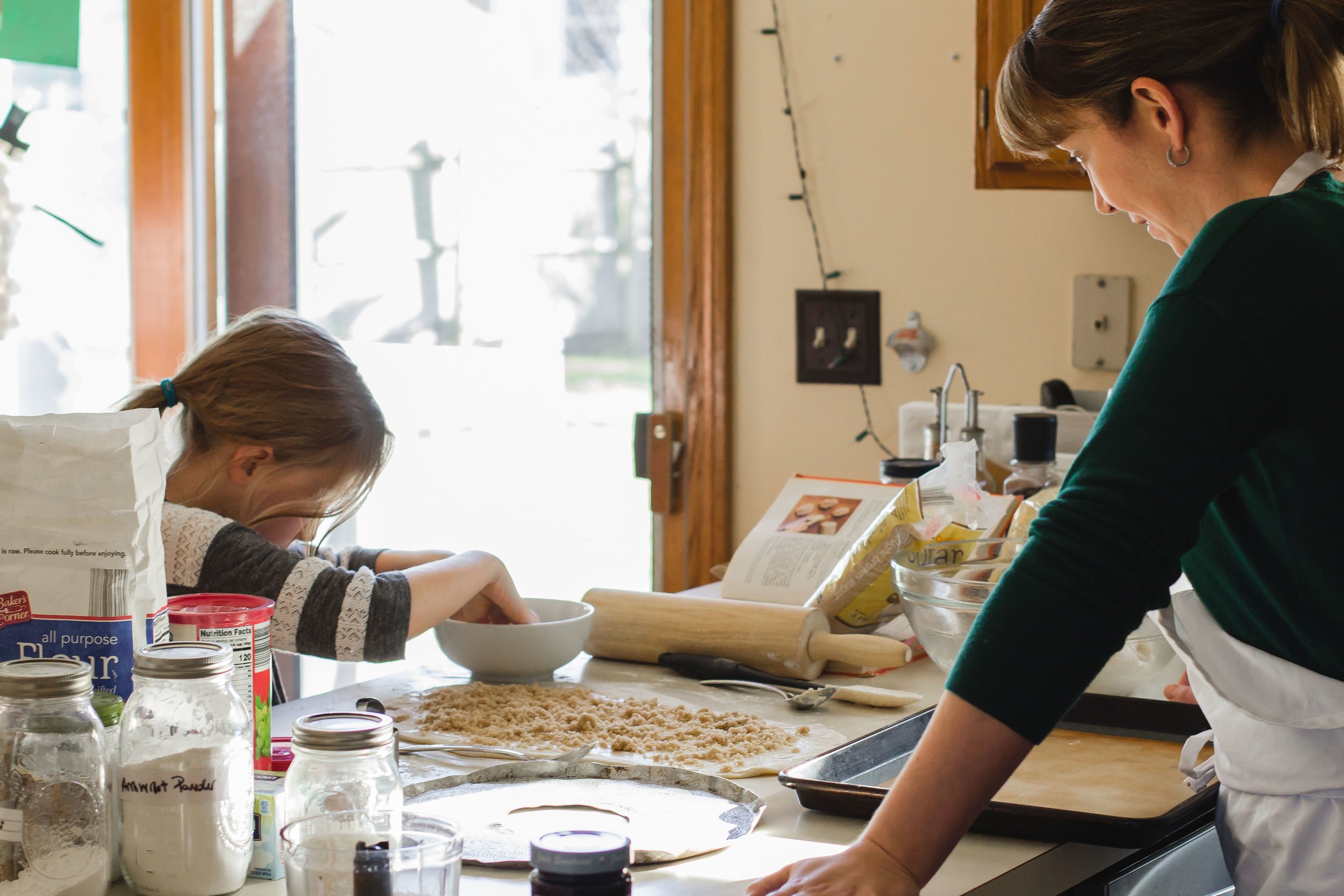
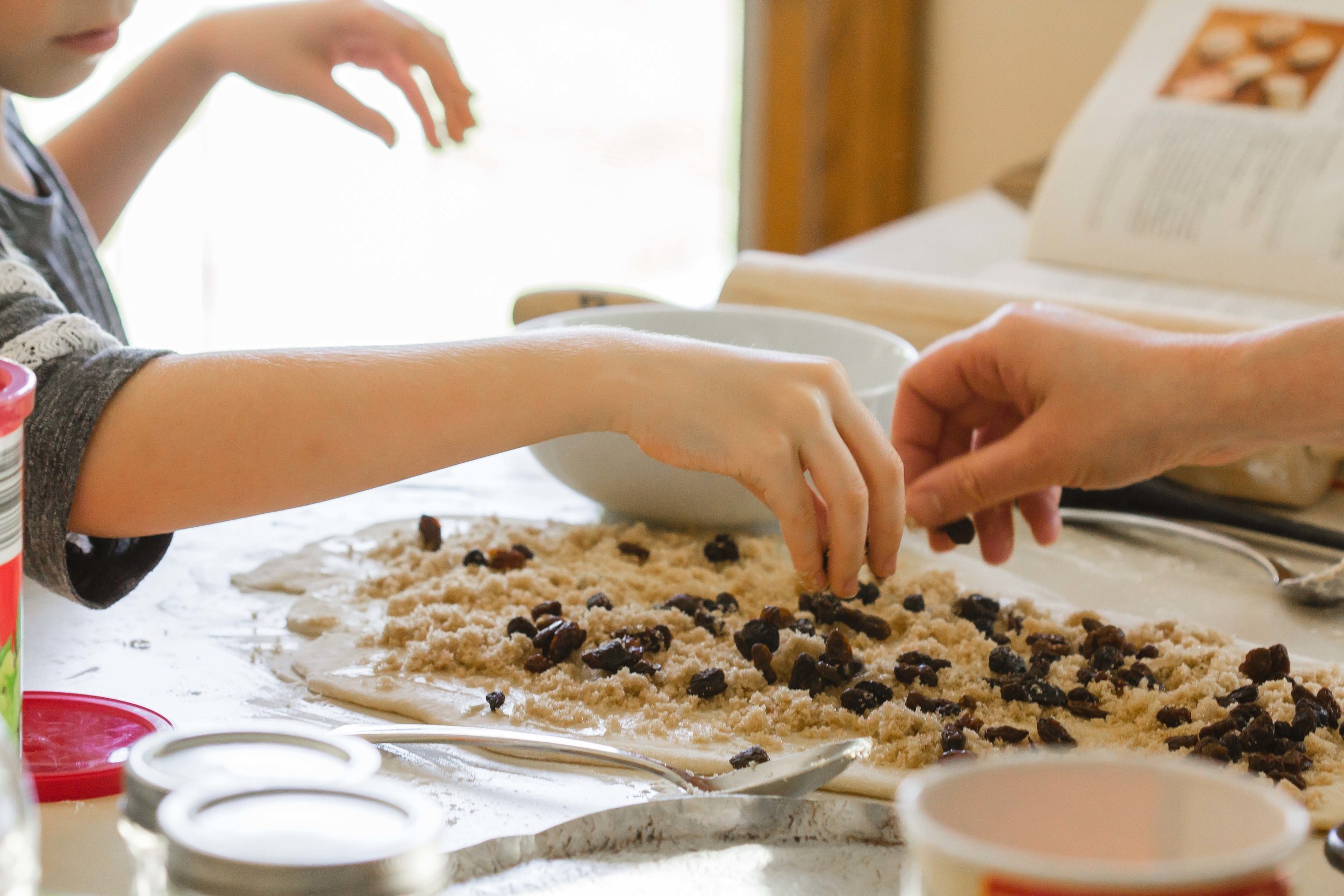

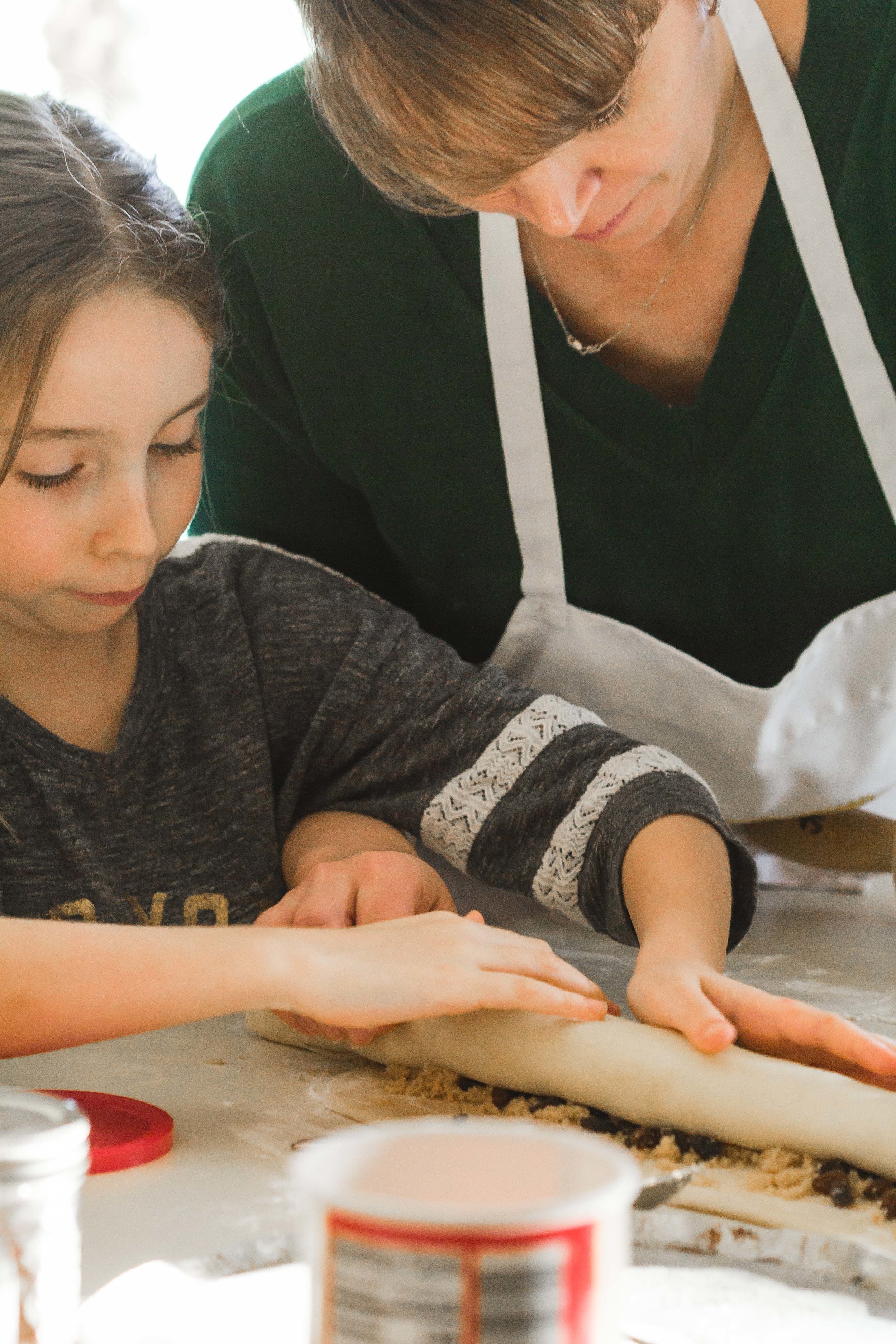

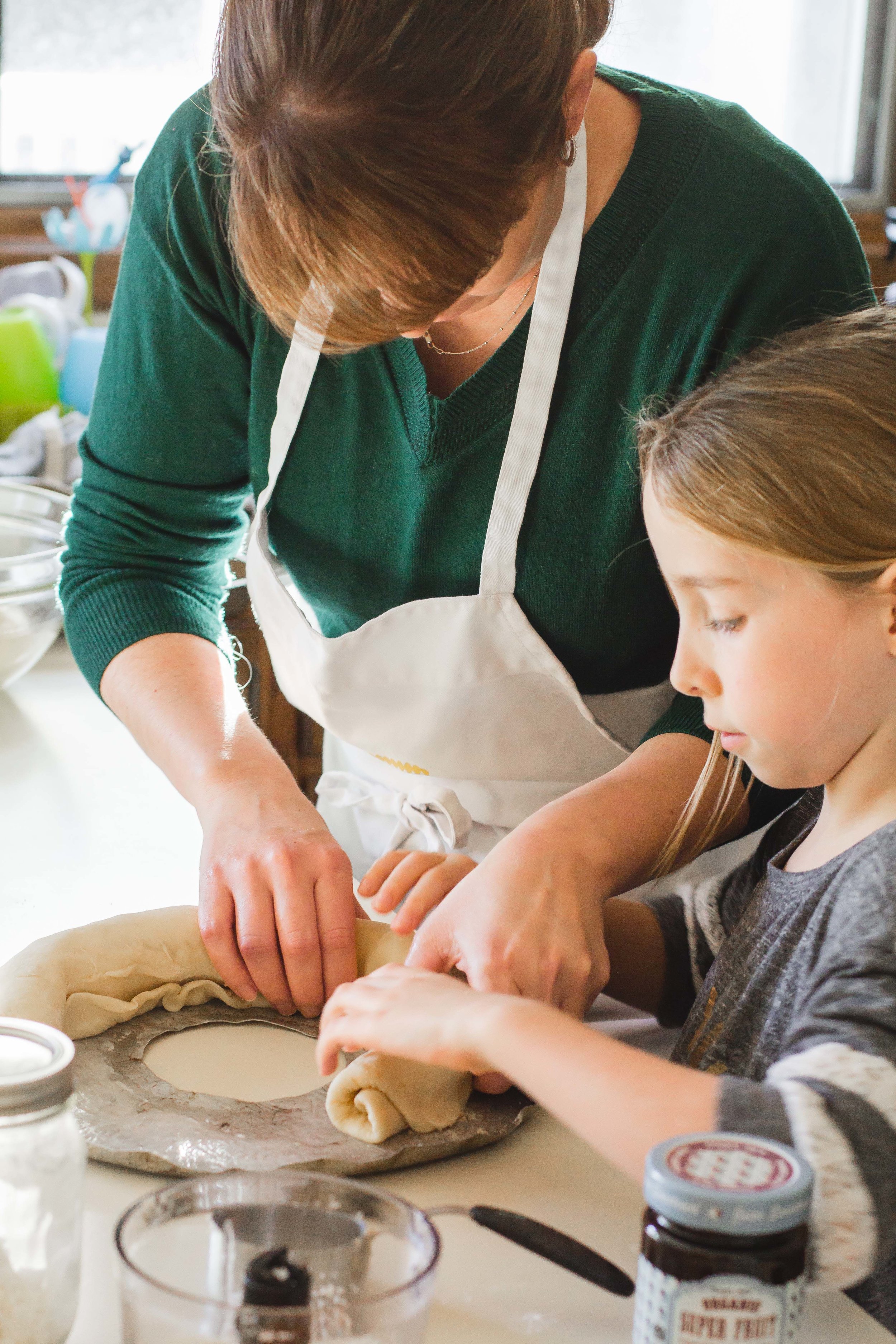

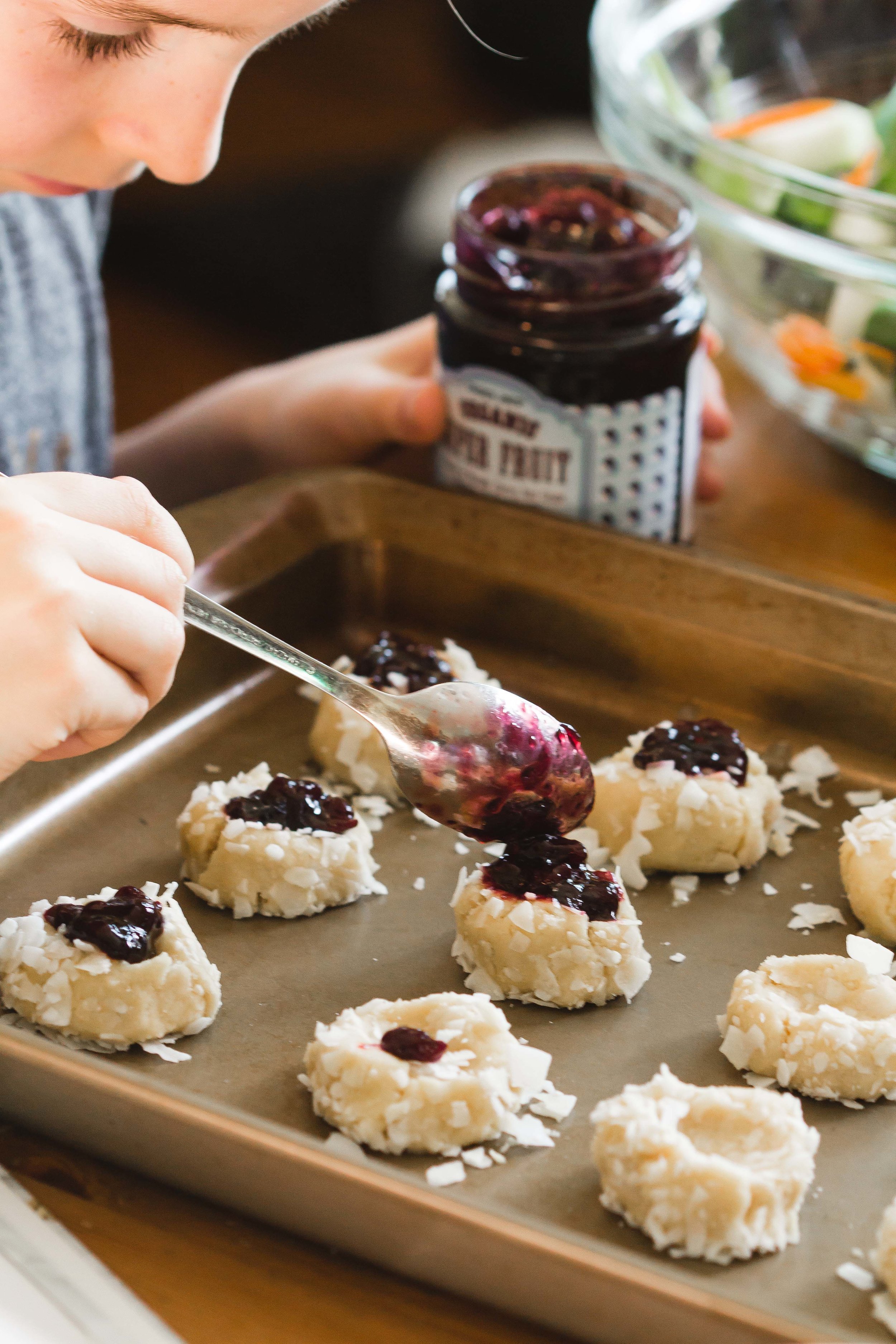
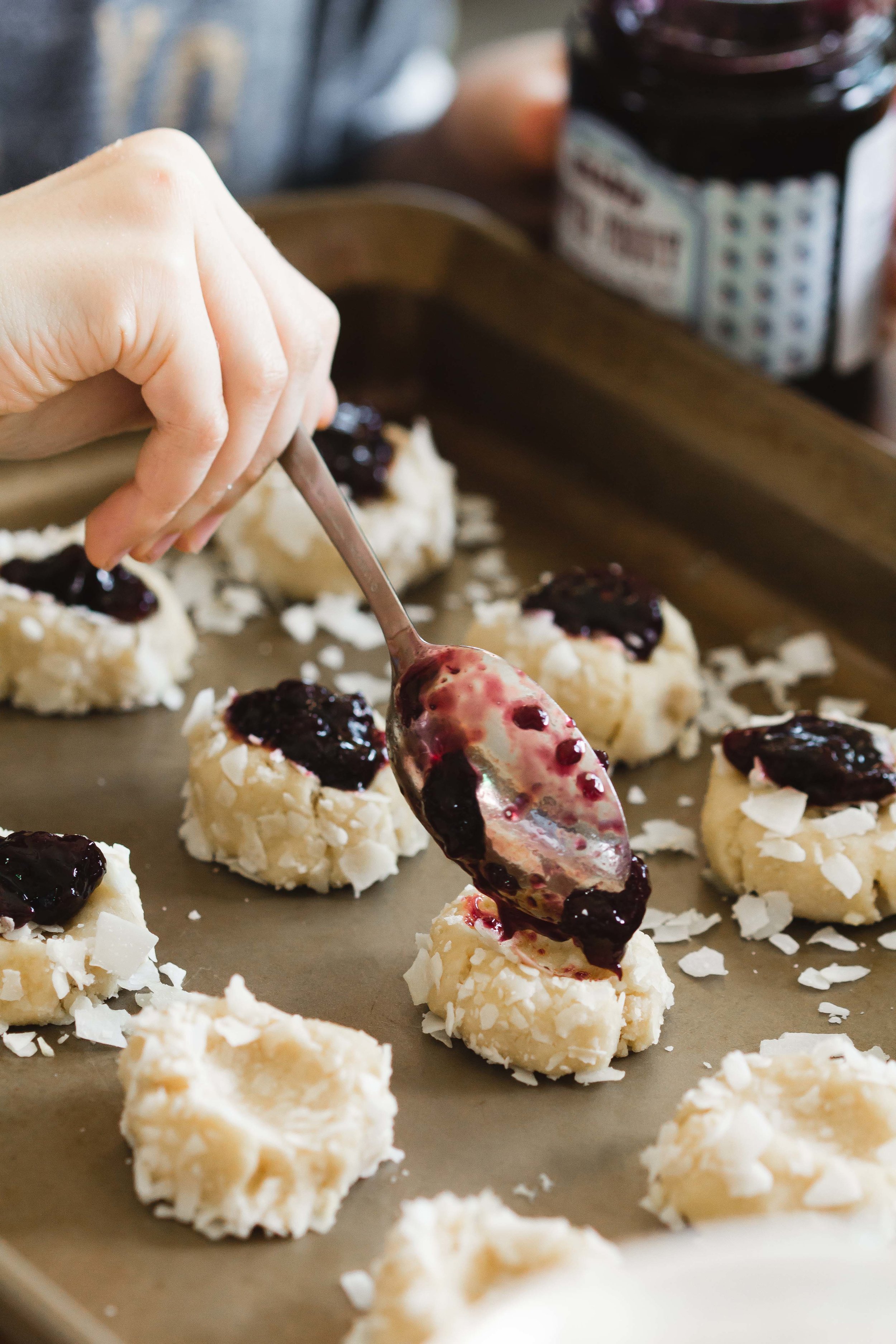
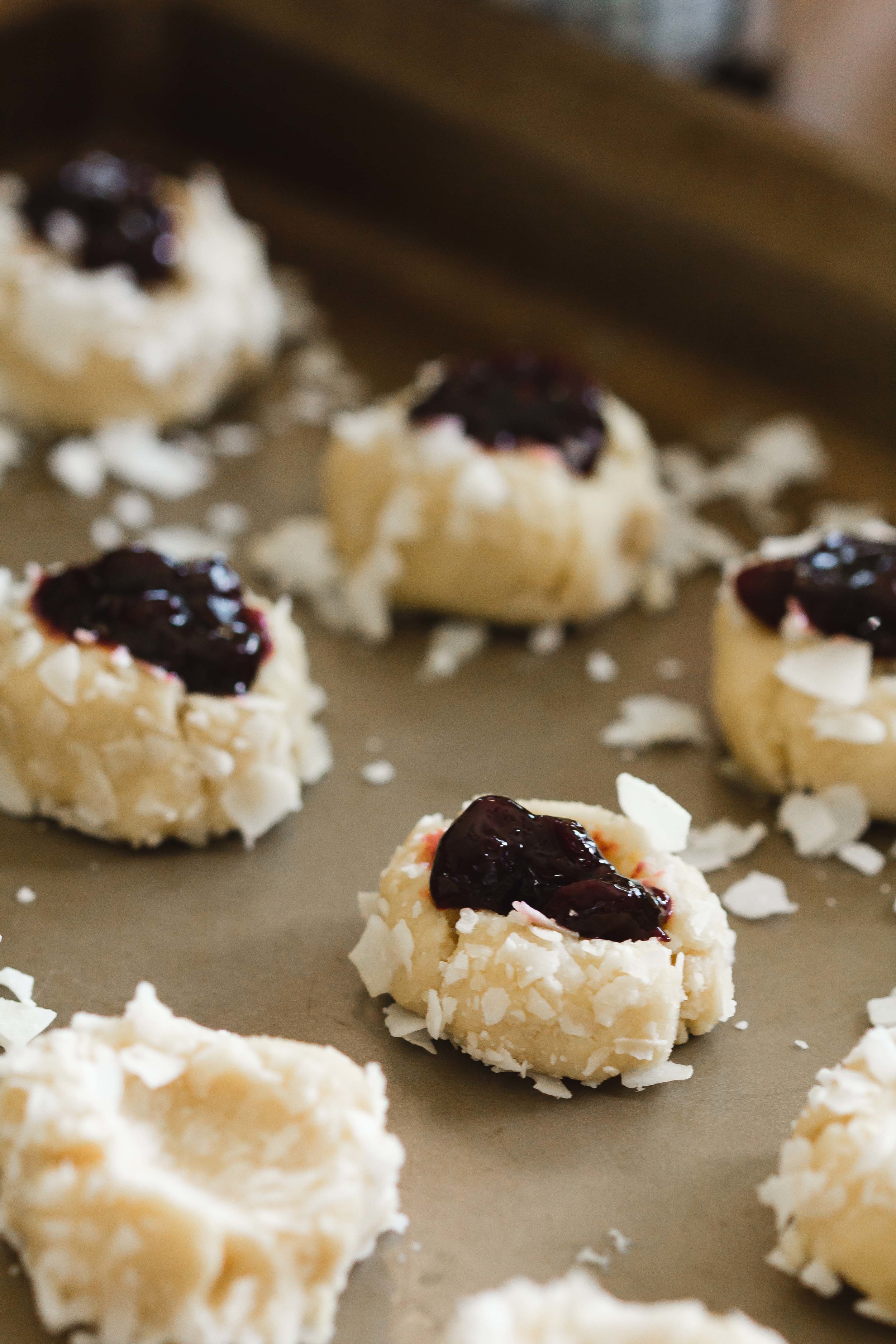

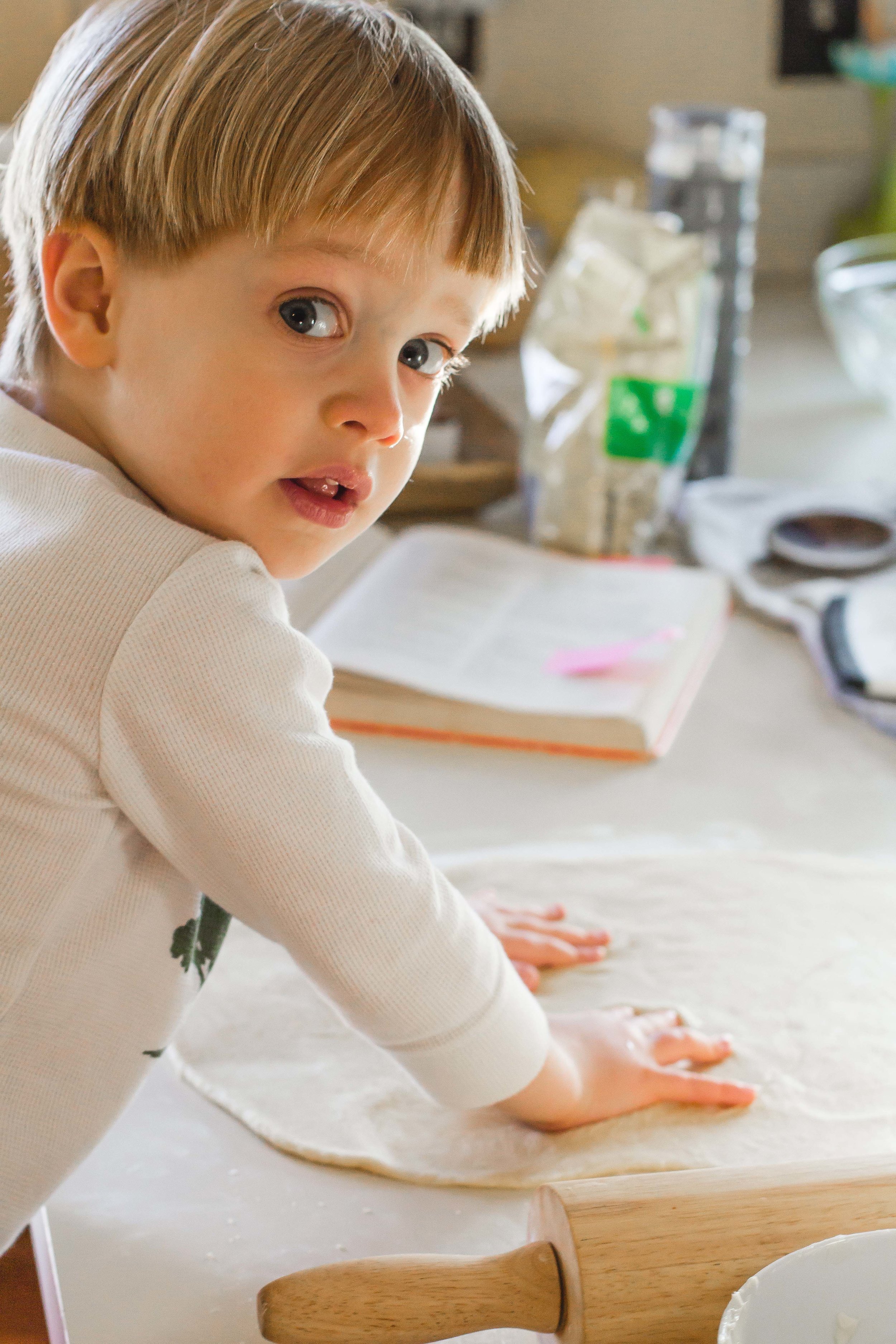
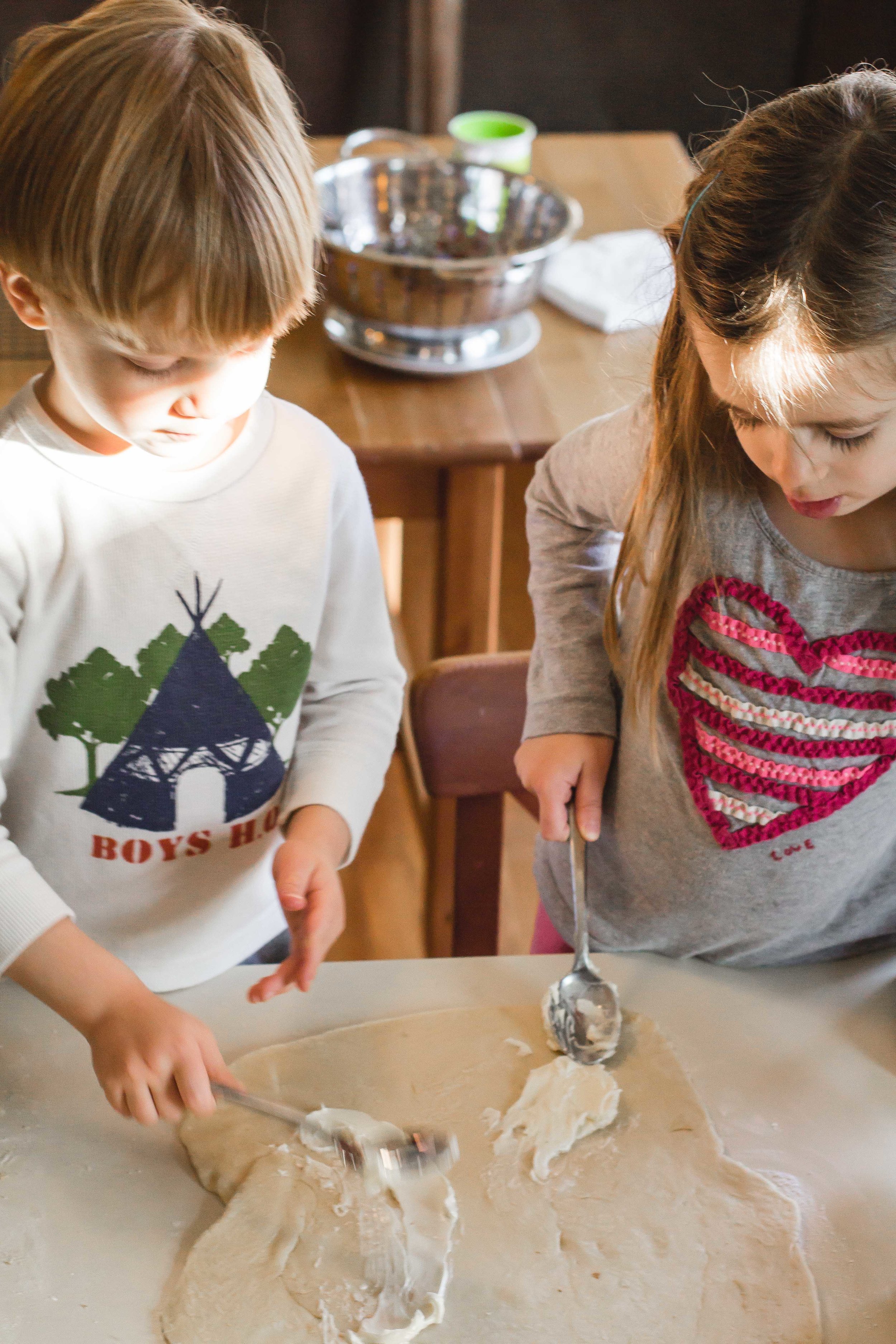

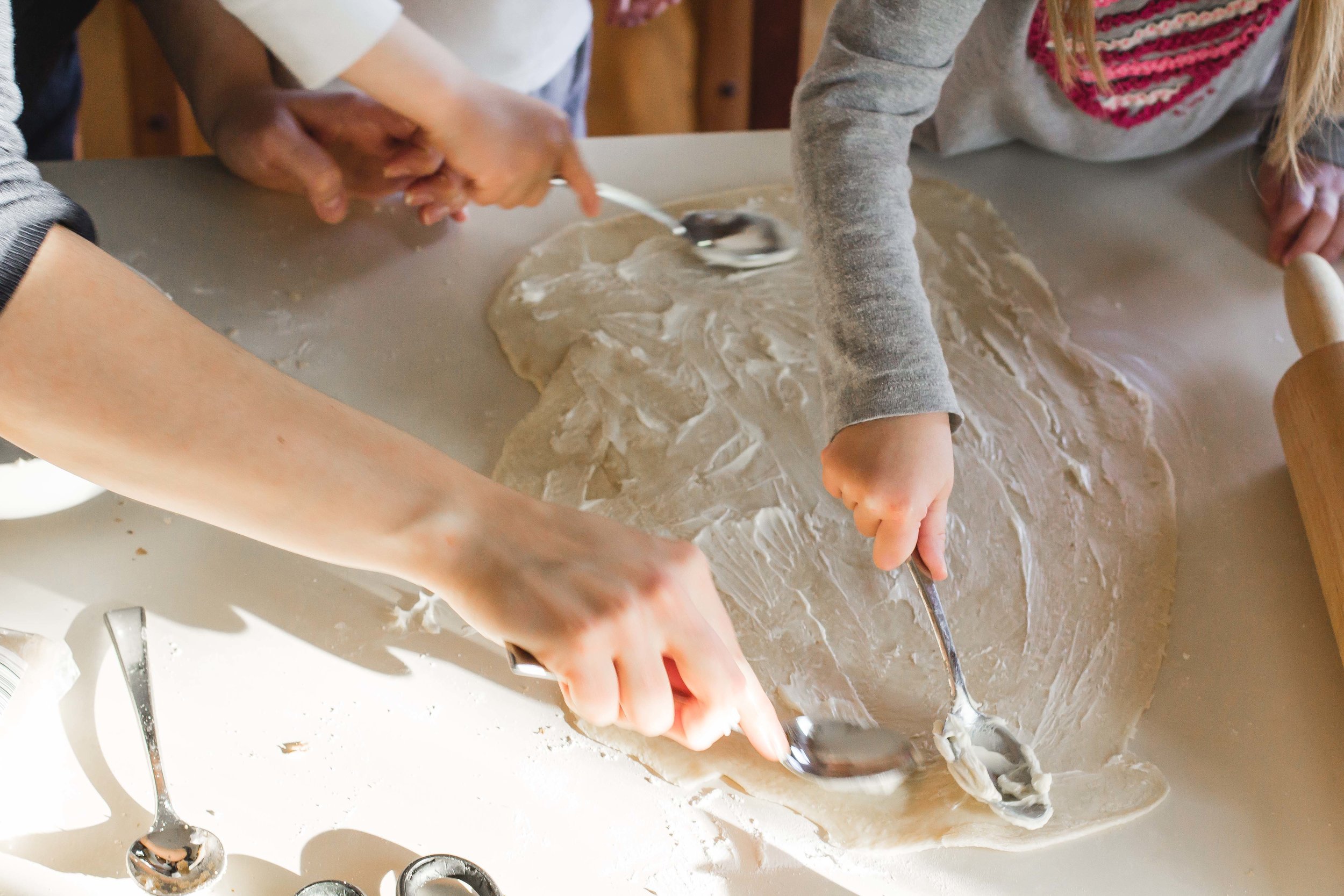
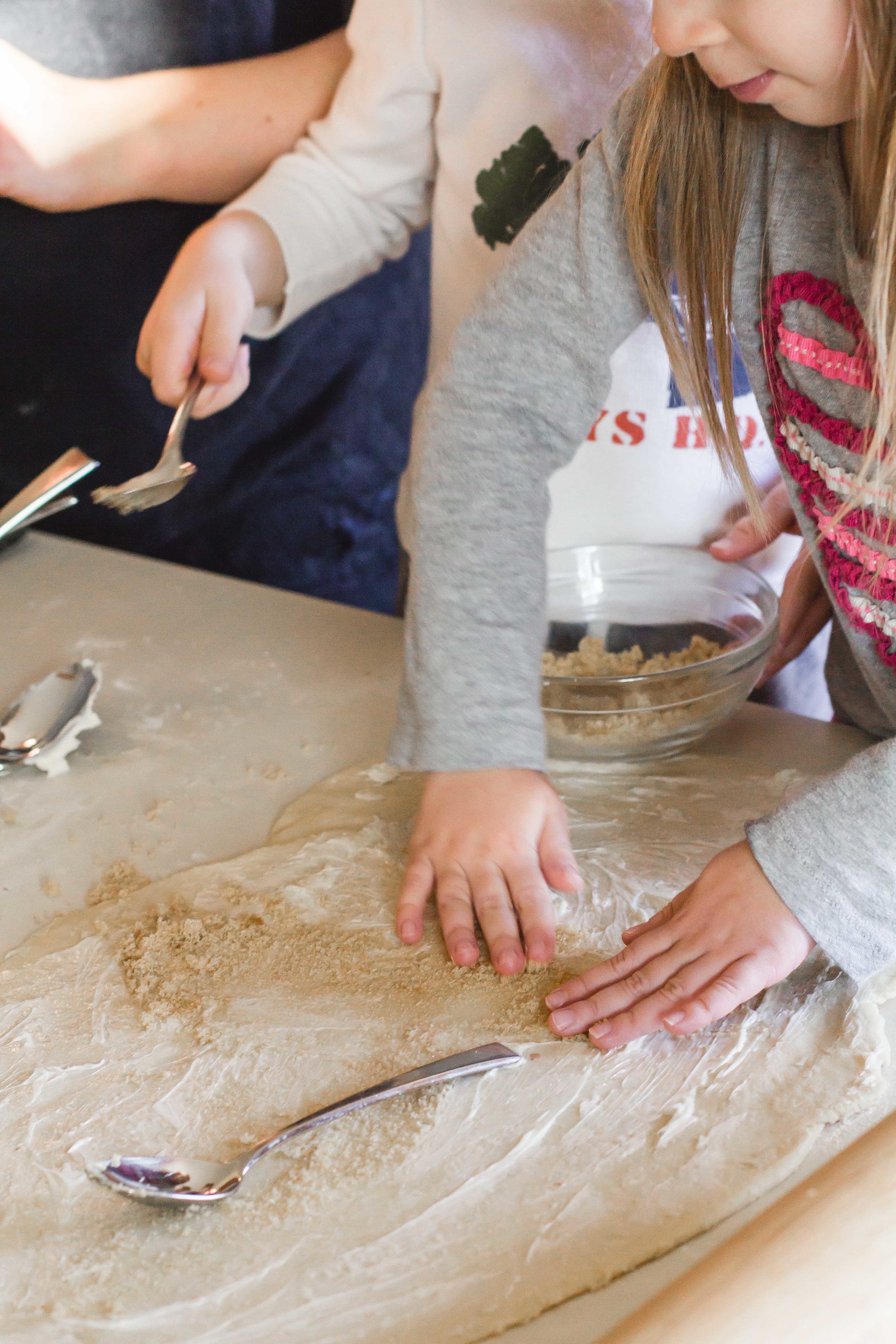
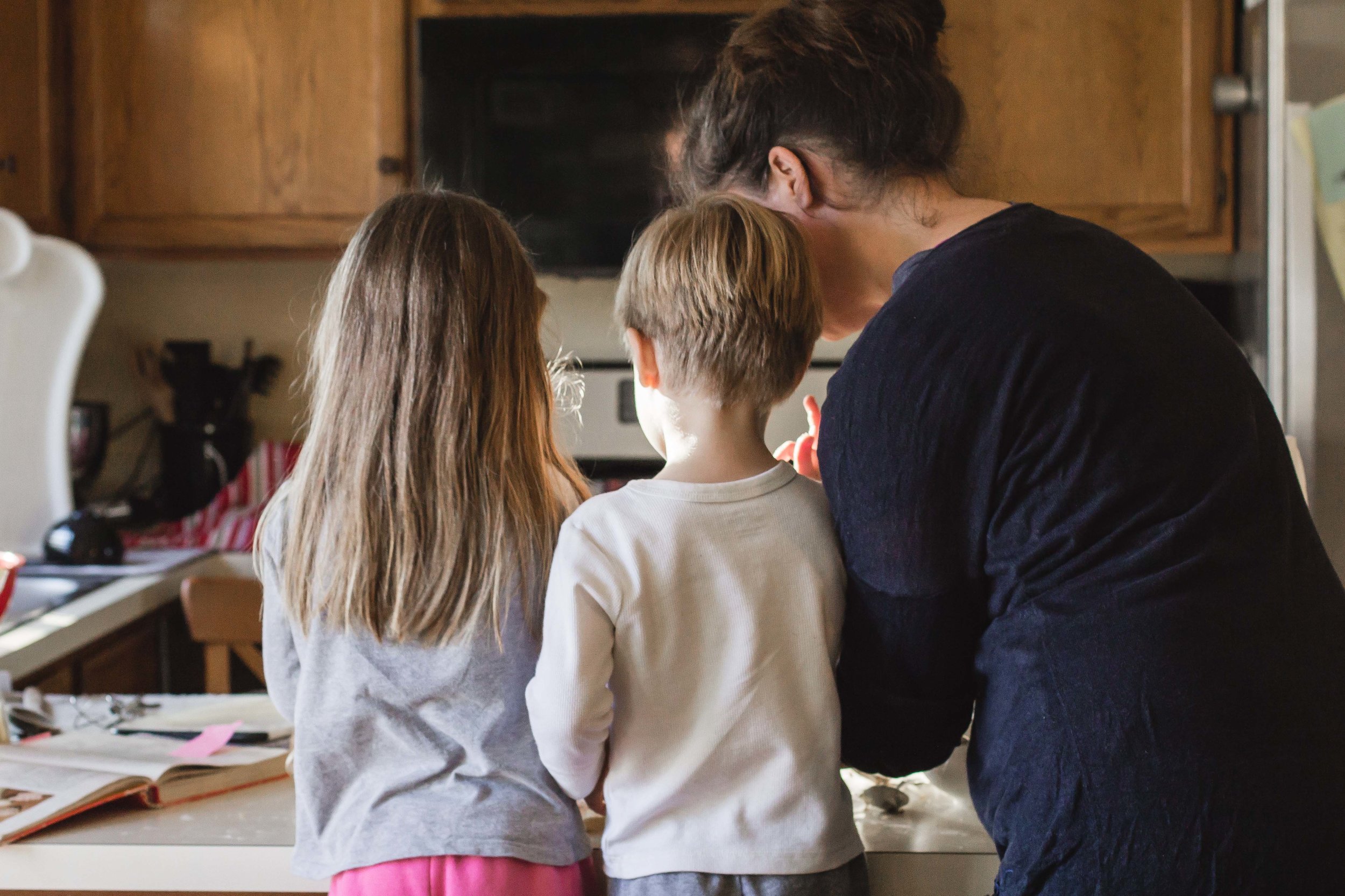
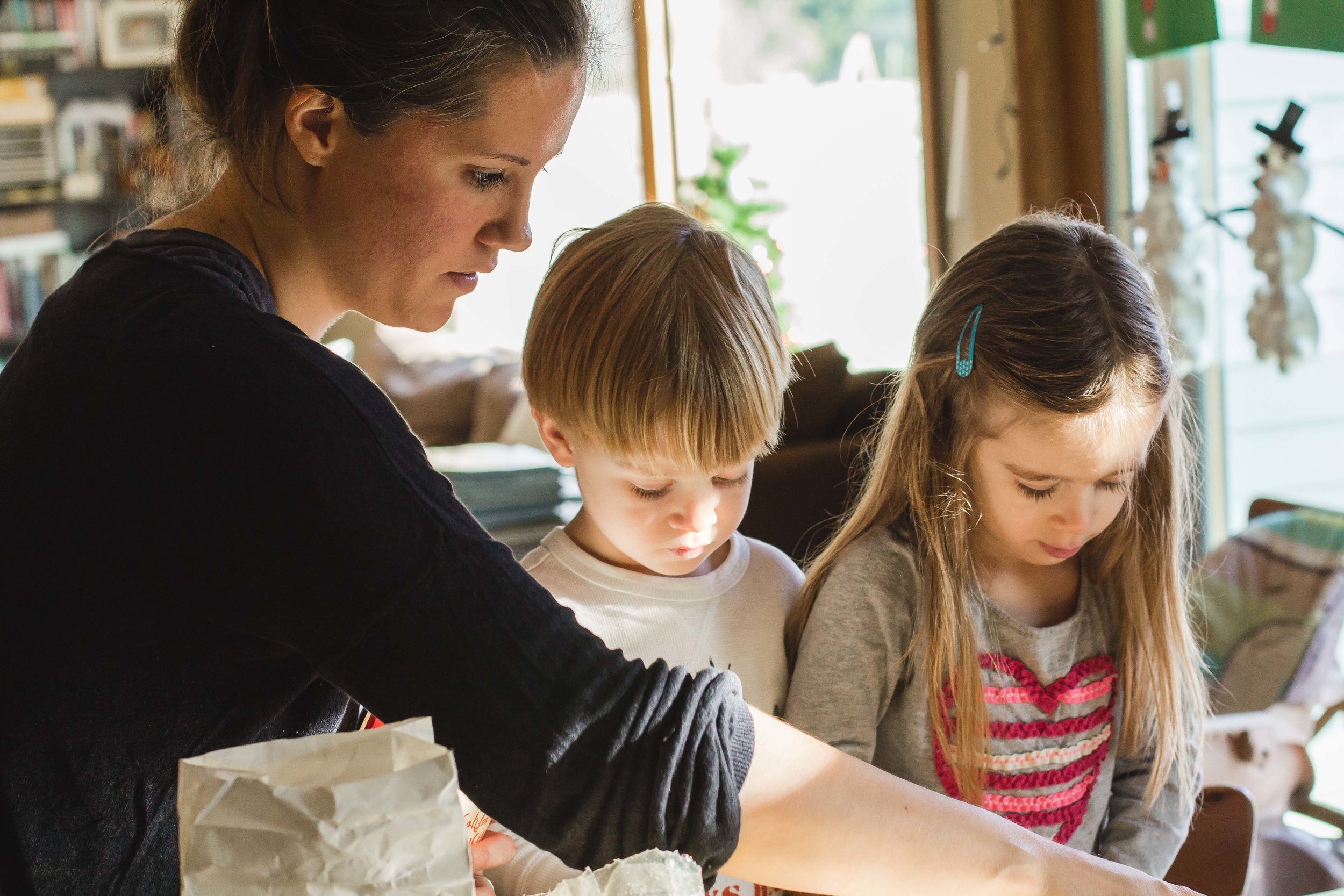
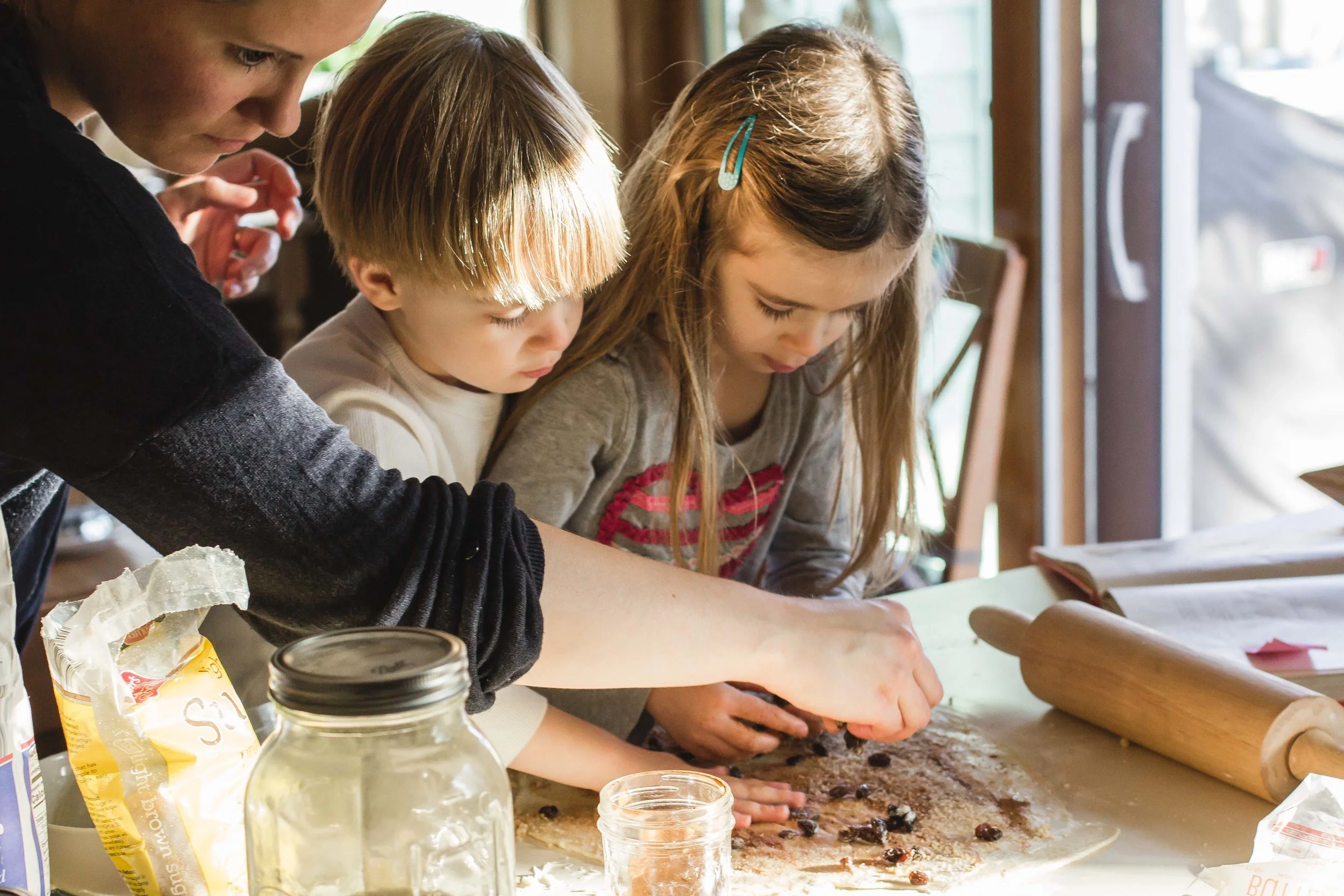
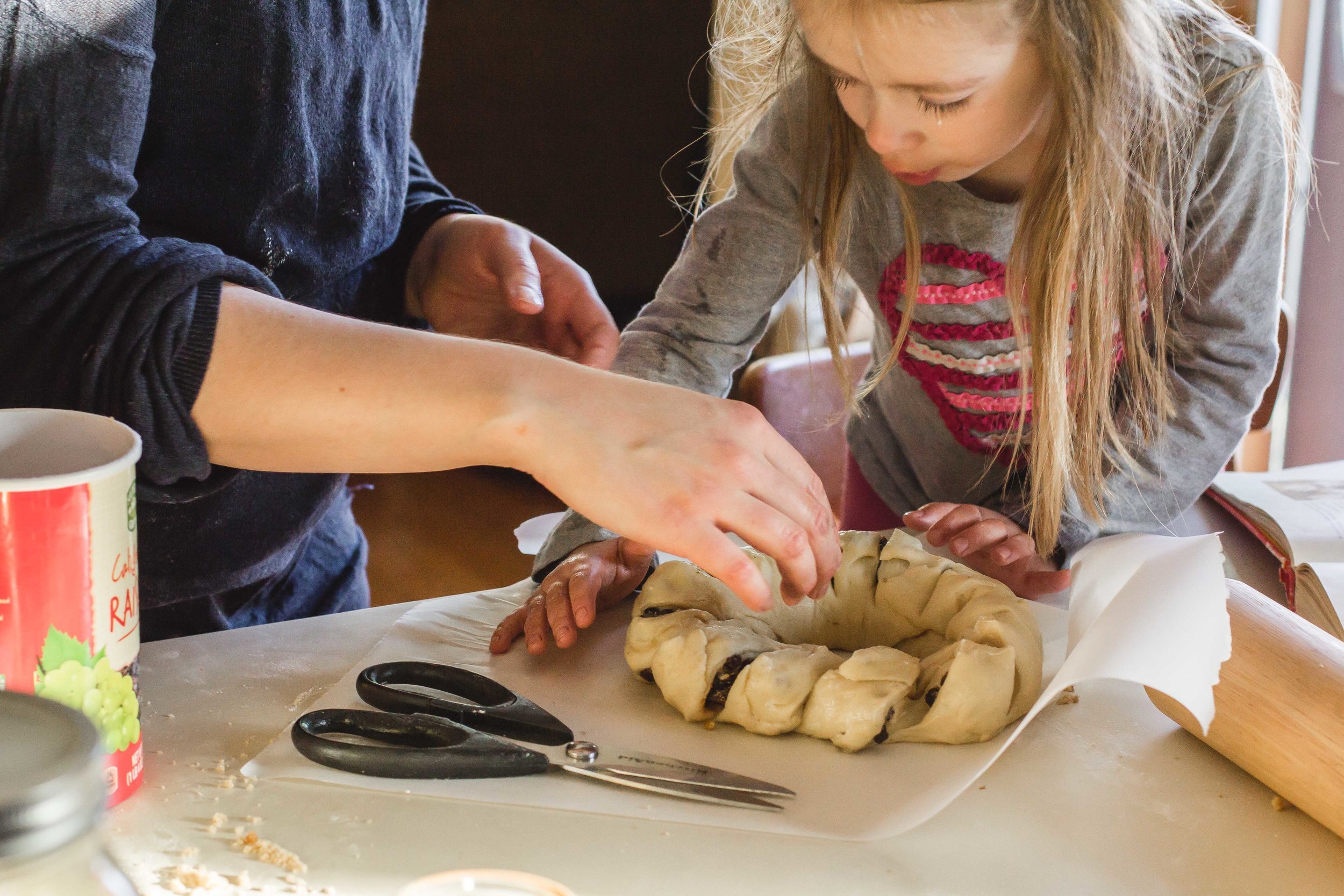
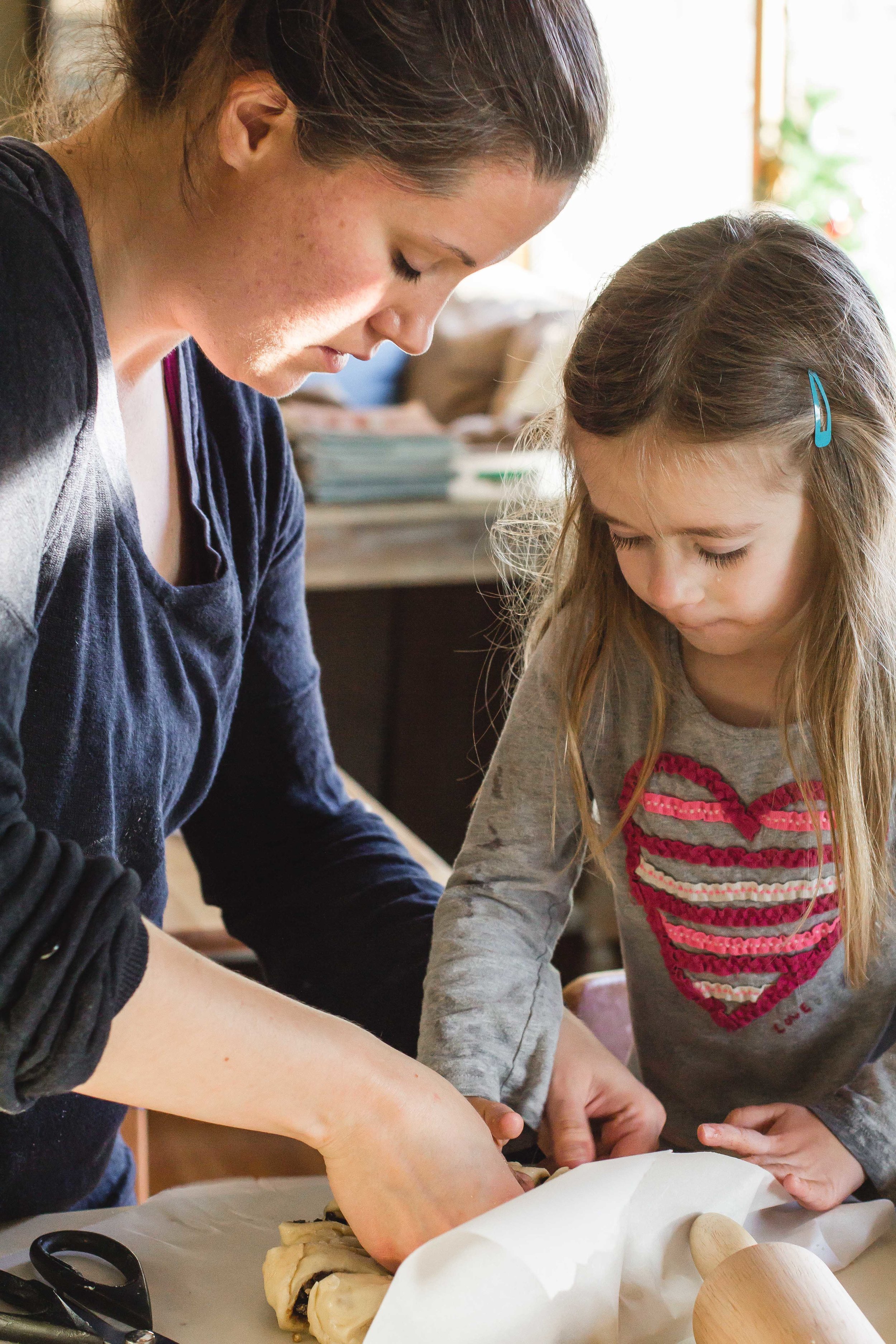

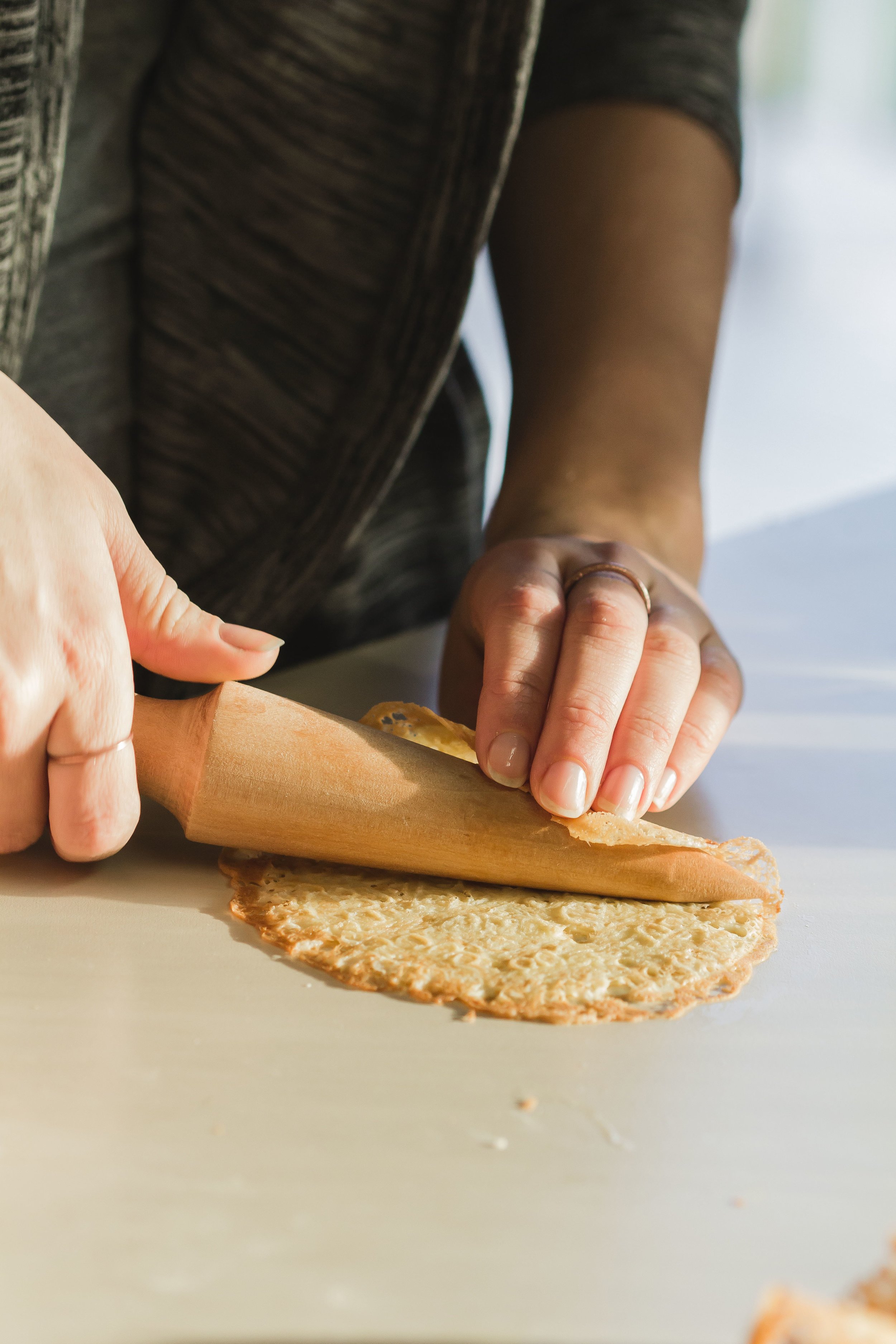
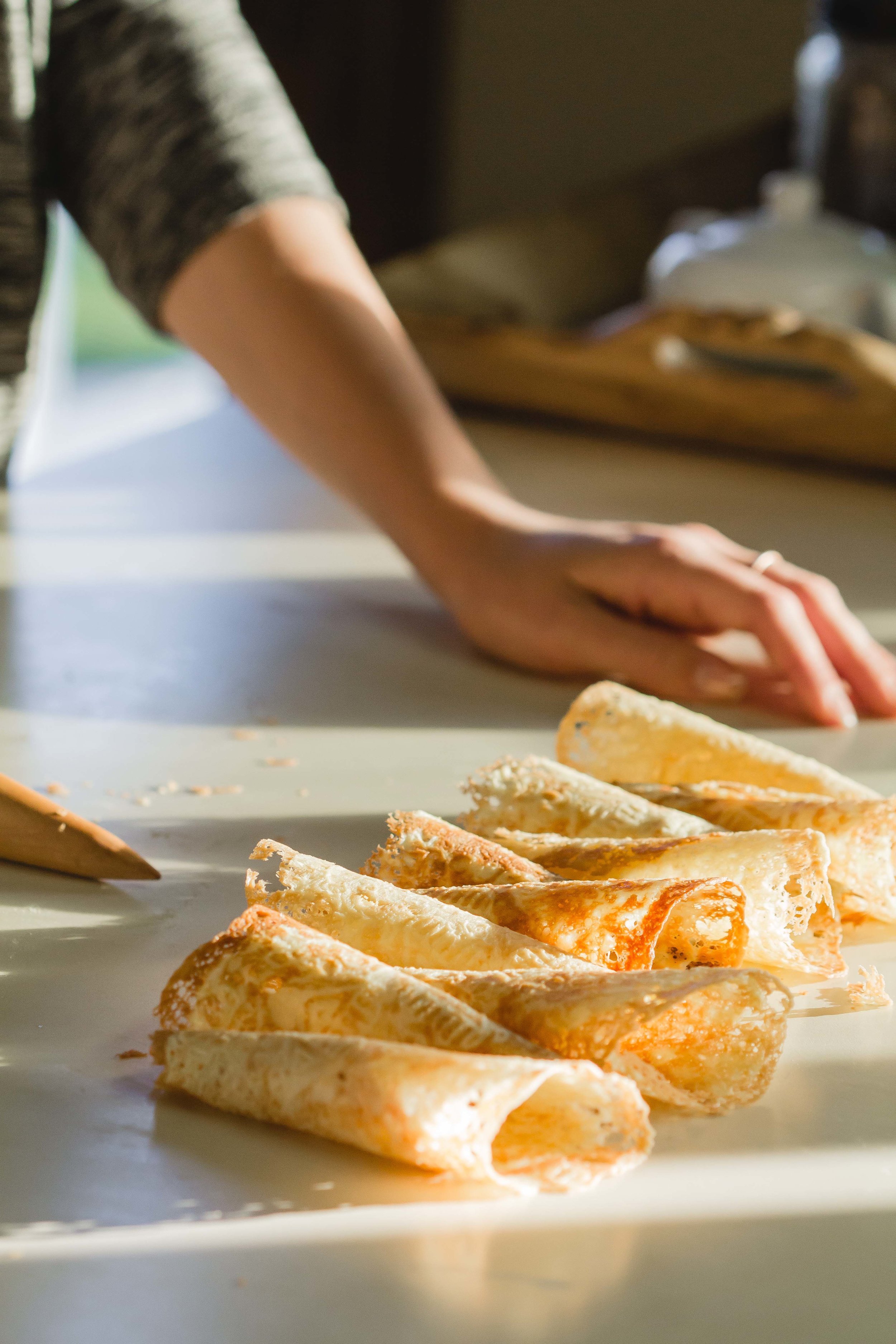

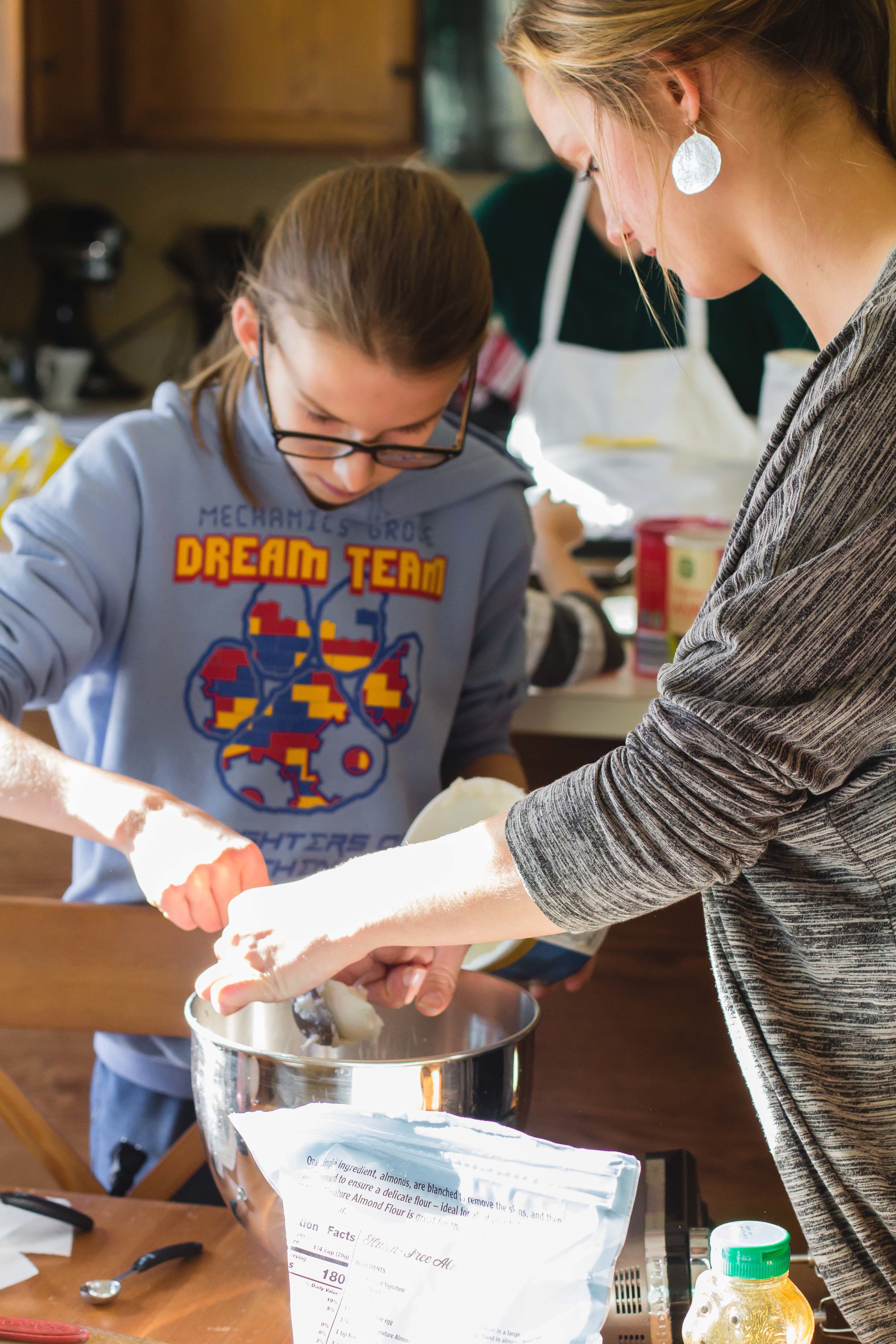
A couple weeks ago, my kids joined our annual tradition, alongside my sister, sister-in-law, and three of my nieces. My twins are just three years old, but they carefully rolled out dough and sprinkled it with brown sugar and raisins. They may not remember this Christmas, but the act of baking with them and others in my family flooded my mind with memories of how far God brought us. He’s brought us through seasons of grief and joy, weariness and flourishing. All along, he’s been faithful and good. May that be a truth I never forget.
Merry Christmas.
(Scroll down for the recipe.)
Before you bake, I want to give you a few notes on the recipe. This version yields two tea rings. If you don’t need both, this makes a great gift for a neighbor! You could cut the dough recipe in half, but I haven’t actually ever done that myself, so I wrote the recipe as I’ve always made it. Yeast doughs can be finicky, so I didn’t want to mess with what I’ve always done. Common toppings for this include maraschino cherries and nuts, but I usually leave off the cherries and just serve it with a simple glaze and plenty of butter.
Swedish Tea Ring
Yields 2 Tea Rings
Slightly Adapted from Betty Crocker’s Cookbook, 1972
Traditional Sweet Roll Dough (Dough recipe yields 2 tea rings)*
2 packages active dry yeast
½ cup warm water
½ cup lukewarm milk
½ cup granulated sugar
1 teaspoon salt
2 eggs
½ cup unsalted butter, softened
4 ½ - 5 cups all-purpose flour
Cooking spray or butter for greasing
Add the yeast to a large bowl. Pour in the water and stir until the yeast dissolves. Add the milk, sugar, salt, eggs, butter, and 2 cups of flour. Mix until smooth. Add in the remaining flour until the dough is easy enough to handle.
Turn the dough out onto a lightly floured board or countertop. Knead the dough until it’s smooth and elastic, about 5 minutes. (You can also use a stand mixer fitted with the dough hook.) Grease a large bowl and place the dough in the bowl, then turn it so the greased side is up.
Cover with a kitchen towel and let it rise in a warm place for about an hour and a half, or until double in size. (In the winter in my house, I usually turn the oven on about 300 and then place the dough near the oven. Otherwise, my cold house makes it take forever to rise.)
Punch down the dough and divide it evenly in half.
* If you don’t want to make two tea rings, you can also use the other half of the dough to make cinnamon rolls or other breakfast treats!
For the tea ring (these amounts are for 1 tea ring)
½ recipe of Traditional Sweet Roll Dough
3 Tablespoons unsalted butter, softened
½ cup brown sugar
1 ½ teaspoons cinnamon
½ cup raisins
½ cup walnuts (optional)
On a floured surface, roll out the dough into a large rectangle, about 15x9 inches. Spread the butter all over and sprinkle on the brown sugar and cinnamon. Then add the raisins and walnuts (if using).
Roll the dough lengthwise, and pinch the edges of the dough together to seal it. You can also use a little butter to glue the edges together.
Grease a baking sheet or cover with parchment paper. Transfer the dough to the baking sheet. Shape it into a circle, stretching it to make it even and then pressing the ends together to seal (glue with butter if needed).
With a scissors, make cuts ⅔ of the way through the dough, about 1-inch apart. Gently turn each section on its side. Cover and and let rise until double, about 30-45 minutes.
Preheat the oven to 375 degrees. Bake the tea rings for about 20 minutes.** Drizzle with vanilla glaze (recipe below) and serve warm with butter.
**We usually make the tea rings a few weeks in advance and then underbake them slightly (baking time is about 16-18 minutes). Then we defrost the tea rings in the fridge the night before and reheat in a low temp oven until warmed through.
Vanilla Glaze (this is enough for 1 tea ring)
1 cup powdered sugar
1-2 Tablespoons of whole milk (depending on how thick you like the glaze)
½ teaspoon vanilla extract
In a bowl, whisk together the powdered sugar, milk, and vanilla until smooth. Drizzle on the warm tea ring.
















